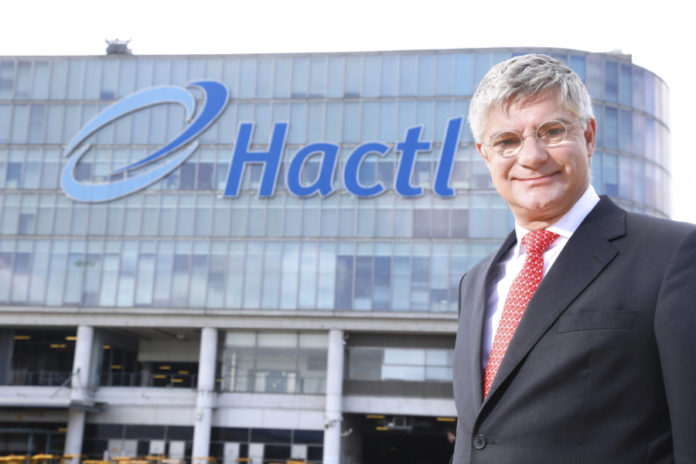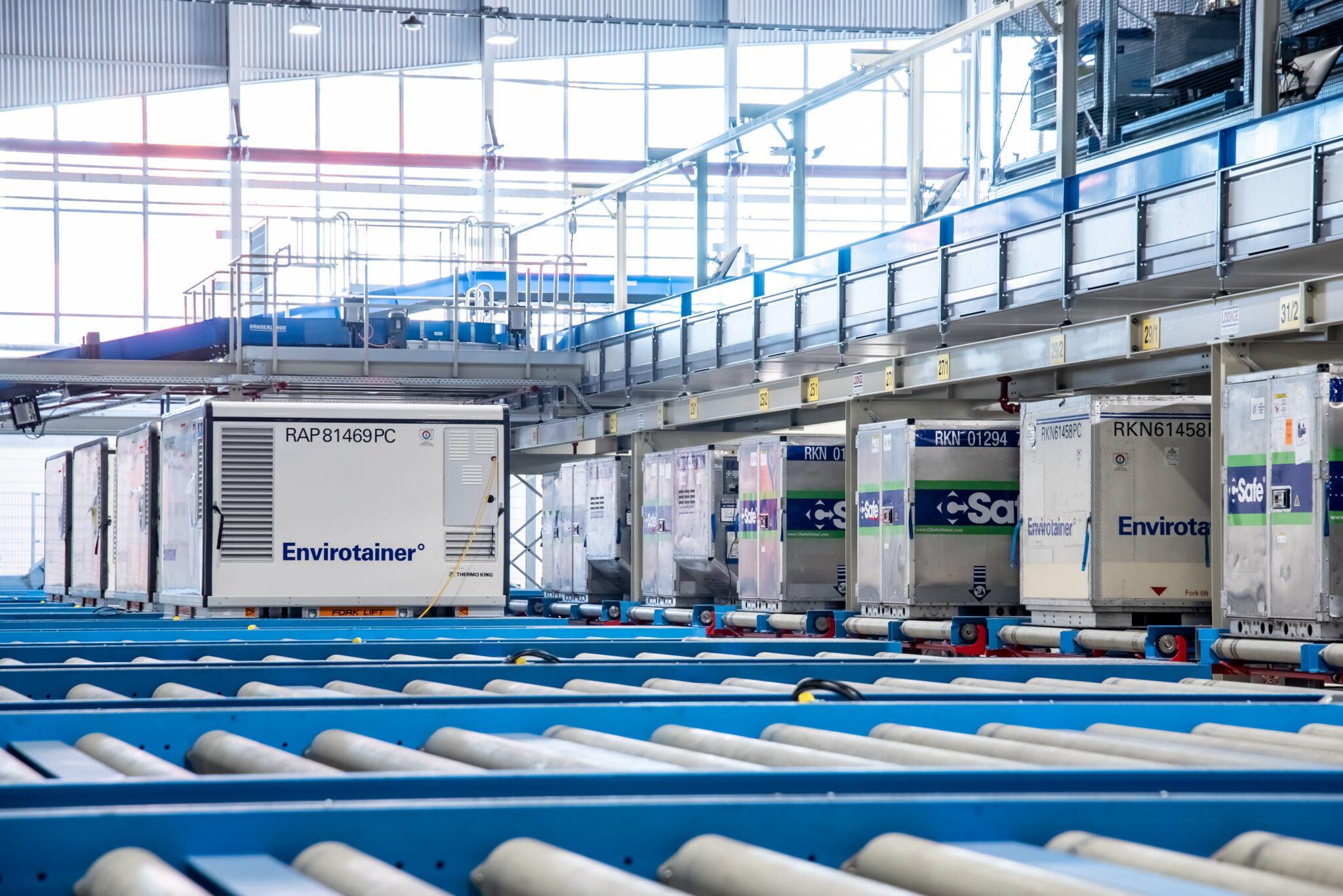

Hong Kong’s air cargo industry is cautiously optimistic about the coming year as it digests changes ahead of new infrastructure set to underline its hub status, writes Michael Mackey.
Supporting this optimism are good figures for 2016 as the territory is blessed not just with a first class airport but also top notch road links to the Chinese mainland and the free port status avoided China’s slowdown, which limited some countries.
Leading the way is the territory’s major facility, Hong Kong Air Cargo Terminal Limited (Hactl) which moved a total of 1.65 million tonnes in 2016 up 1.7 per cent on the previous year, its chief executive, Mark Whitehead (pictured above) tells Air Cargo Week (ACW).
One of the prompts for optimism about the coming year is much, if not all of the growth came in the second half of the year.
“2016 was a mixed bag for our cargo business,” Cathay Pacific general manager for cargo sales and marketing, Mark Sutch explains to ACW.
“The first quarter was disappointing with weak cargo demand exacerbated by speculative concerns over the Chinese economy. The “Great Fall of China” did not materialise as some had predicted. Tonnages started to stabilise from the middle of the year, and we saw a strong finish to 2016 with the airfreight peak starting in September and continuing into December,” Sutch adds.


Hactl corroborates much of this and adds some interesting statistical details.
Major market is Asia with 0.65 million tonnes or some 39 per cent of the total going intra-regional. This is clearly ahead of Europe which takes just under a third (32 per cent) or 0.53 million tonnes and the America both North and South which get just a quarter or 0.41 million tonnes.
One detail within the Asia trade is “very strong demand for short haul services” pointed out Cliff Sullivan, chairman of the Hong Kong Association of Freight Forwarding and Logistics Limited (Haffa) who specifically cited markets such as Taiwan and Singapore which are “not really the destination.”
This in turn has boosted Hactl’s strongest performance transshipments which were up a huge 29.6 per cent on 2015. Mail, courier and other express traffic grew 8.4 per cent. This more or less matches the 8.4 per cent decline in imports whilst exports grew by 2.1 per cent although Whitehead did point out the negative trend between January to September was reversed in the last quarter with growth every month.
A better way to illustrate the scale and dynamicism of what happened is how Hactl found itself setting a series of personal bests – at the end of the year. Weekly cargo handling through SuperTerminal 1, was 41,926 tonnes November 28 to December 4. “This was the second time we broke our previous record, in the space of two weeks” says Whitehead.
But that was surpassed by the ramp handling business which set three new all-time records for freighter handling in the final few weeks of 2016. There were also records for 101 freighters in a single day (November 23) 628 freighters in a single week (28 November – 4 December) and 2579 freighters in a month (November).
All of which is generating optimism, mild but persistent, about the coming year. The industry is aware of variables such as Brexit and a new American trade policy and is cautious but hopeful with it.
“History tells that a good peak gives us momentum the following year, hence we are cautiously optimistic of a better 2017. Competition will remain fierce, but we should expect more stable volumes from the major markets that we serve,” says Sutch.
It might also help rebuild yields which had remained under pressure for much of the past year. “Towards the last quarter, yields were finally getting back to peak season levels. A strong finish to 2016 should enable us to bring our 2017 yields back to a more sustainable level,” Sutch adds.
Tempering all this is a realisation some changes, even if creating growth brings some new challenges with them.
Whilst everyone lauds e-commerce and is expecting it to grow in the future, it shifts the industry from dealing consignments with of 100s of kilos to a few consignees with a much more diverse load to many more destinations. Among the products Hong Kong is moving in this segment are electronics, mobiles, computers, toys and imitation jewelry.
“For e-commerce we are talking about multiple shippers to multiple buyers,” acknowledges Sullivan. “We need some support to do the last mile.” Tellingly Haffa is less optimistic about 2017 than facilities such as Hactl or carriers such as Cathay. According to Sullivan 2017 “will be also a tough year”.
Haffa is organising its own support within the industry as well as talks and seminars and working with the other transport bodies to help its members adapt and quicker, says Sullivan.
Two ways are emerging for companies to deal with the prospective changes Sullivan said. One is stick to port-to-port business and work with 4PL “to fill the gaps” rather than get involved in the last mile business.
Against this some Haffa members “will go futher into the e-commerce business and go the last mile. “At origin they will also invest in additional labour to do parcel sorting and labeling and hardware like sorting machines,” Sullivan adds.
This tough market will not only see pressure on margins, “it’s a very tough market indeed” says Sullivan when speaking to ACW but add to the pressures to merge with others. “We expect there will be some more consolidation in the course of this year. Some members have merged already.”
One problem the freight forwards and indeed the industry does not have to deal with is government opposition or lethargy. Nor are facilities such as Hactl doing anything other than help.
Hactl has invested heavily in resources for pharma and e-commerce traffic and recently adopted mobile computing to enhance its ramp business and improved its truck flow management to speed delivery and collection of cargo at SuperTerminal1.













